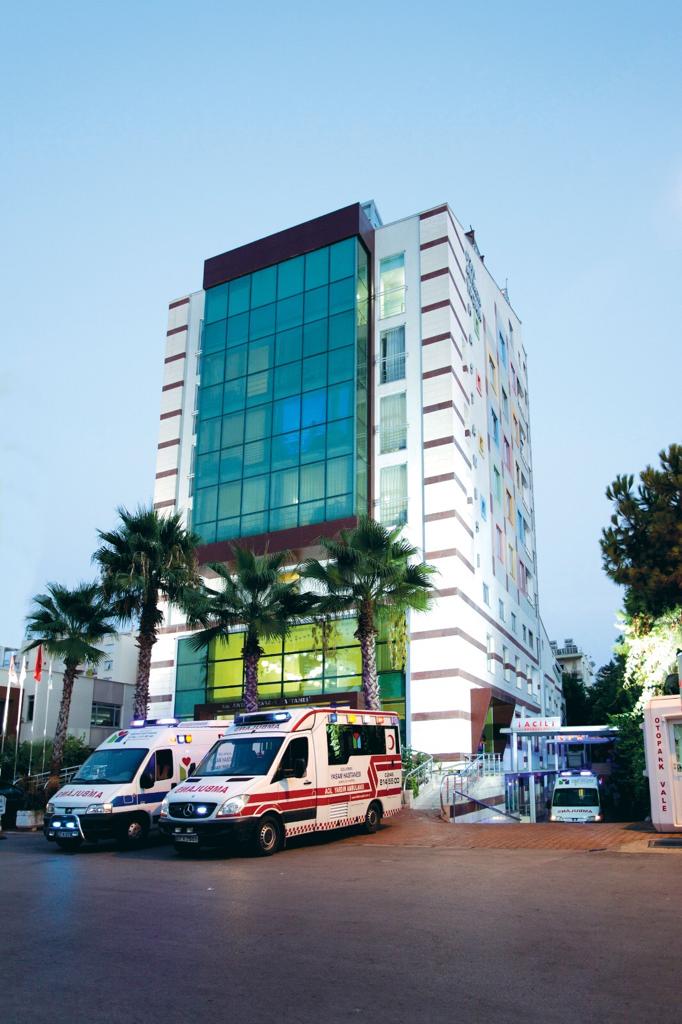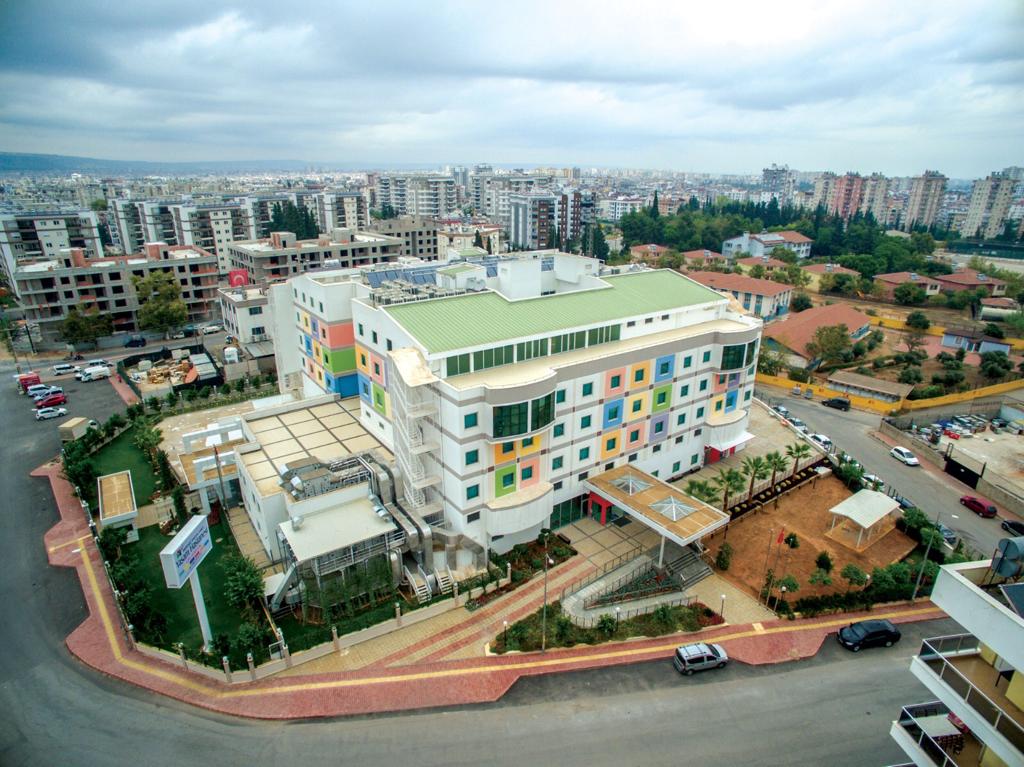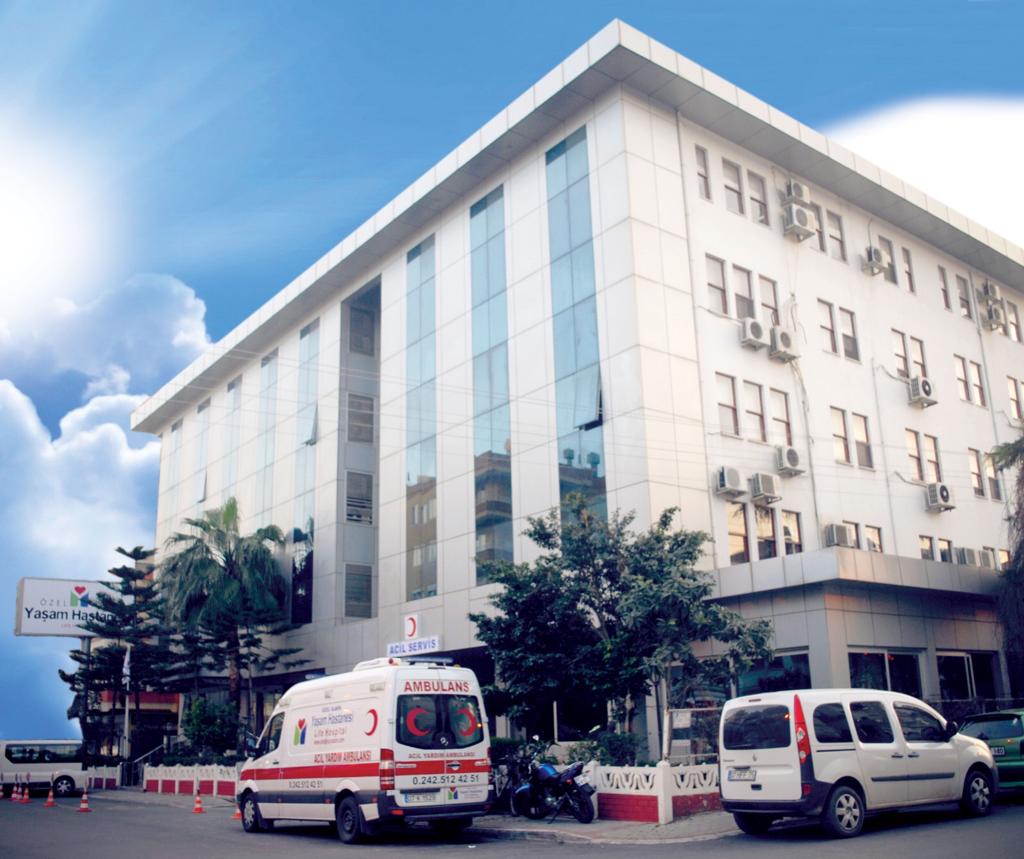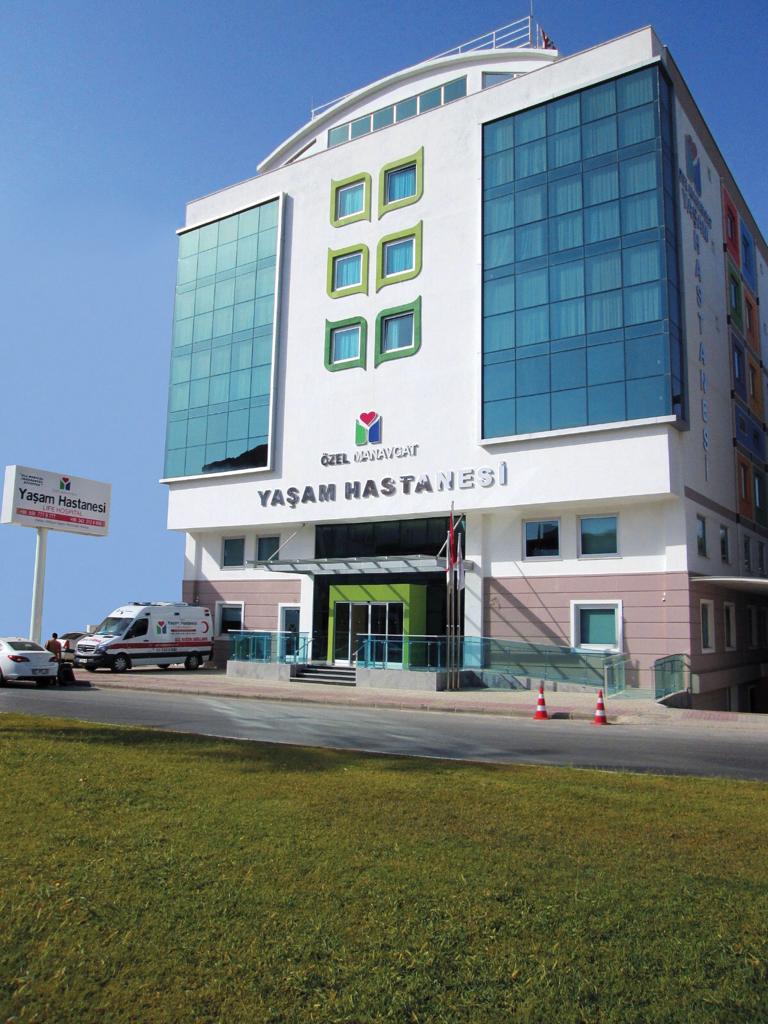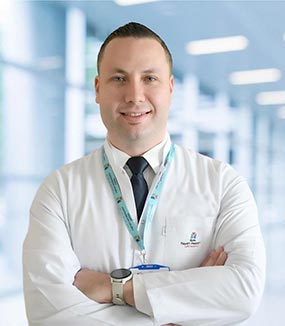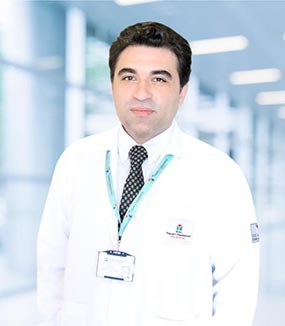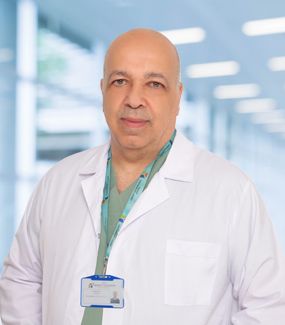Rapid diagnosis, diagnosis and care of all kinds of trauma (head trauma, spinal trauma...) caused by various accidents are carried out by the Department of Neurosurgery, together with the emergency service and intensive care unit.
In our department, which works together with the Neurology, Physical Therapy and Rehabilitation polyclinics, early diagnosis and diagnosis are made with the latest technological imaging systems that we use. We can classify the diseases that the Department of Brain, Spine and Nerve Surgery treats under the following main groups:
- Traumas (brain, spine or nerve injuries)
- Congenital disorders of childhood
- Cerebrospinal fluid circulation disorders of childhood or adulthood (hydrocephalus, etc.)
- Tumors (benign or malignant tumors of the brain, spinal cord or nerves)
- Vascular disorders of the brain
- Waist and neck hernias
- Nerve compressions
Head Traumas:
Head injuries are injuries that can result in death or permanent disability. The intervention, which starts at the scene of the accident after a head injury, includes the rapid diagnosis of the patient in the emergency room and the initiation of the necessary medical and surgical treatment immediately. In the follow-up of such patients, the continuation of the treatment in intensive care conditions is also of vital importance. Compression fractures in the skull bones, epidural hematoma and subdural hematomas, skull base fractures, intracerebral hematomas (intracerebral hemorrhages) are the most common problems.
Traumatic Spine and Spinal Cord Injuries:
Traumatic spinal cord and spinal cord injuries are traumas that require great attention during diagnosis and treatment, which can lead to spinal cord paralysis. If damage to the spinal cord leads to neurological loss, surgical intervention should be performed. The aim of surgical intervention is to stabilize the spine if it is necessary to eliminate spinal cord compression.
Disc Diseases and Degenerative Spine Diseases:
Cervical, lumbar and thoracic discectomies, vertebrectomy, laminectomy, spine stabilization (instrumentation) operations are performed in this group.
Lumbar Hernia:
Lumbar hernia is a picture that occurs when partially cartilage discs protrude beyond the area between the lumbar vertebrae. Patients may experience lower back and leg pain, weakness in the muscles of the legs, loss of feeling in the form of felting and tingling in certain parts of the leg, urinary and fecal incontinence.
Not every lumbar hernia requires surgery. In cases that do not require this surgery, drug therapy in the painful period, bed rest, exercises to strengthen the back and abdominal muscles in the pain-free period, and physical therapy applications give satisfactory results.
Patients with complaints such as weakness in the legs and feet, urinary and stool incontinence should definitely be operated on. Currently, the gold standard surgical treatment for lumbar hernia is microsurgery and microdiscectomy. With this method, tissue damage is minimal, the risks during the surgery are less and it is possible for the patient to return to his daily life after the surgery in a shorter time. The patient stands up as soon as 6 hours after the operation and can be discharged the next day.
Neck Hernia:
It is the outward herniation of the jelly-like cartilage located between the neck vertebrae between the two vertebrae. There may be arm pain, pain radiating to the scapula or chest, with or without neck pain. Surgical treatment is applied in patients whose pain does not go away with conservative methods, whose social life is affected, and who have serious strength losses in the hand and arm. In cases where treatment is delayed, pain and paralysis may be permanent. Today, the gold standard treatment for neck hernia is cervical microdiscectomy with microsurgery.
Advantages of Cervical Microdiscectomy:
- Minimal tissue damage, blood loss and risk of infection due to surgery
- Complete removal of the torn cartilage under the microscope
- The patient can return home and work in a short time
Spinal Cord Stenosis:
Spinal canal stenosis is a progressive disease that usually occurs over the age of 50. With degeneration over the years; It is the deterioration of the structure of the bone and connective tissue surrounding the spinal cord, hypertrophy (growth) of the spinal joints and narrowing of the spinal canal.
The most characteristic finding in these patients is shortened gait distance called neurogenic claudication. Patients complain of pain and numbness in the legs that increase as they walk. Accordingly, they feel the need to stop and rest every few hundred meters. Day by day, this distance gets shorter and sometimes they don't want to walk at all because of unbearable pain.
Spinal Tumors (Spinal Cord Tumors):
Spinal tumors include those originating from the spinal cord, tumors originating from the spinal cord or surrounding connective tissue and the spine, and metastatic tumors that spread to the spinal region. The aim of surgical treatment here is to completely remove the tumor and to eliminate spinal cord compression if it is present. Continuation of oncological treatment in malignant tumors, rehabilitation treatment if there is an established paralysis, and intensive care treatment in patients who need vital support are important treatment stages of the disease.
Neuroendoscopy and Hydrocephalus Treatment:
Hydrocephalus surgeries, fenestration of arachnoid cysts and treatment of cerebrospinal fluid leaks called rhinorrhea (bos) can be performed with neuroendoscopic.
Ventriculo-Peritoneal Shunt operations are performed in patients with hydrocephalus who are not compatible with endoscopy.
Pediatric Neurosurgery:
This department deals with the surgical treatment of childhood brain, spinal cord and nervous system diseases. Neuroendoscopic hydrocephalus surgeries, brain tumors and epilepsy surgeries are the surgeries performed in this group. Some anomalies may occur during the development of the Central Nervous System during pregnancy.
These;
Meningocele, myelomeningocele, spinabifida occulta, dermal sinus tract, tense filum terminale, split spinal cord malformations (diastometamyelia, diplomyelia), lipomyelomeningocele.
The surgical treatment of these diseases is performed by the neurosurgery department.
Nerve Compression (Peripheral Nerve Trap Neuropathies):
Nerve compression occurs with complaints such as numbness and pain in the hands, arms, legs and feet. In untreated patients, there is a condition that can progress to weakness and muscle wasting in the hands, arms, legs, feet. Diagnosis and treatment of the most common nerve entrapments are as follows:
Carpal Tunnel Syndrome:
Compression of the median nerve in the wrist. It is observed quite frequently in occupational groups that use it frequently (tailors, those who use computer keyboards frequently). Pain and numbness are common complaints. It is typical to wake up from sleep with pain or numb hand and relieve the pain or numbness with shaking of the hands. The definitive treatment is surgery.
Ulnar Nerve Trap Neuropathy (Cubital Tunnel Syndrome):
It is the second most common entrapment neuropathy that expresses nerve compression in the elbow. Minor traumas in the region, rheumatic diseases, fractures and dislocations are the most common causes. Numbness and pain on the side of the little finger; Tenderness and pain in the elbow area are the most common complaints. The definitive treatment is surgery.
Peroneal Nerve Trap Neuropathy:
It is the most common entrapment neuropathy of the leg. Nerve compression in the lower outer half of the leg. It is common in men. Compression in this area can quickly progress to paralysis. Drop foot may be accompanied by loss of sensation and pain, but it is usually painless. The definitive treatment is surgery.
Cerebrovascular Diseases and Brain Bleeding:
Aneurysms (bubbles), arteriovenous malformations, cavernomas, cerebral hemorrhages originating from the brain vessels are in this group and these are life-threatening diseases. Sudden onset severe headaches, vomiting, seizures or loss of consciousness may occur in patients. Intervention with radiological imaging, adequate medical equipment and a good surgical team is vitally important for the course of the disease.


